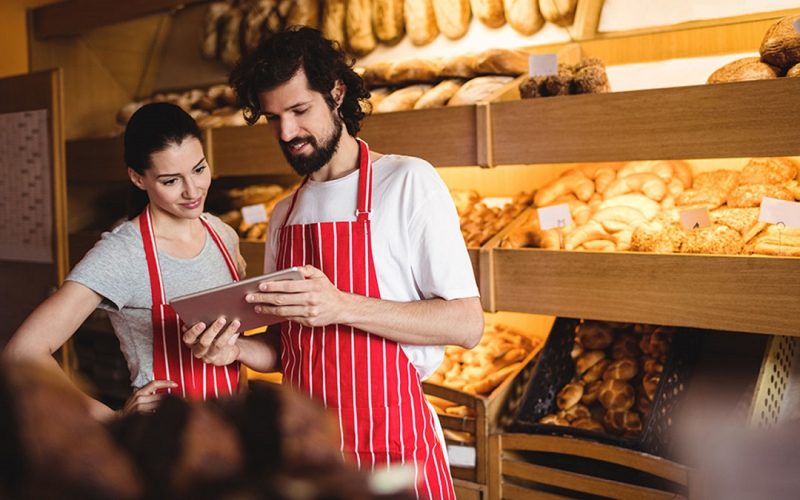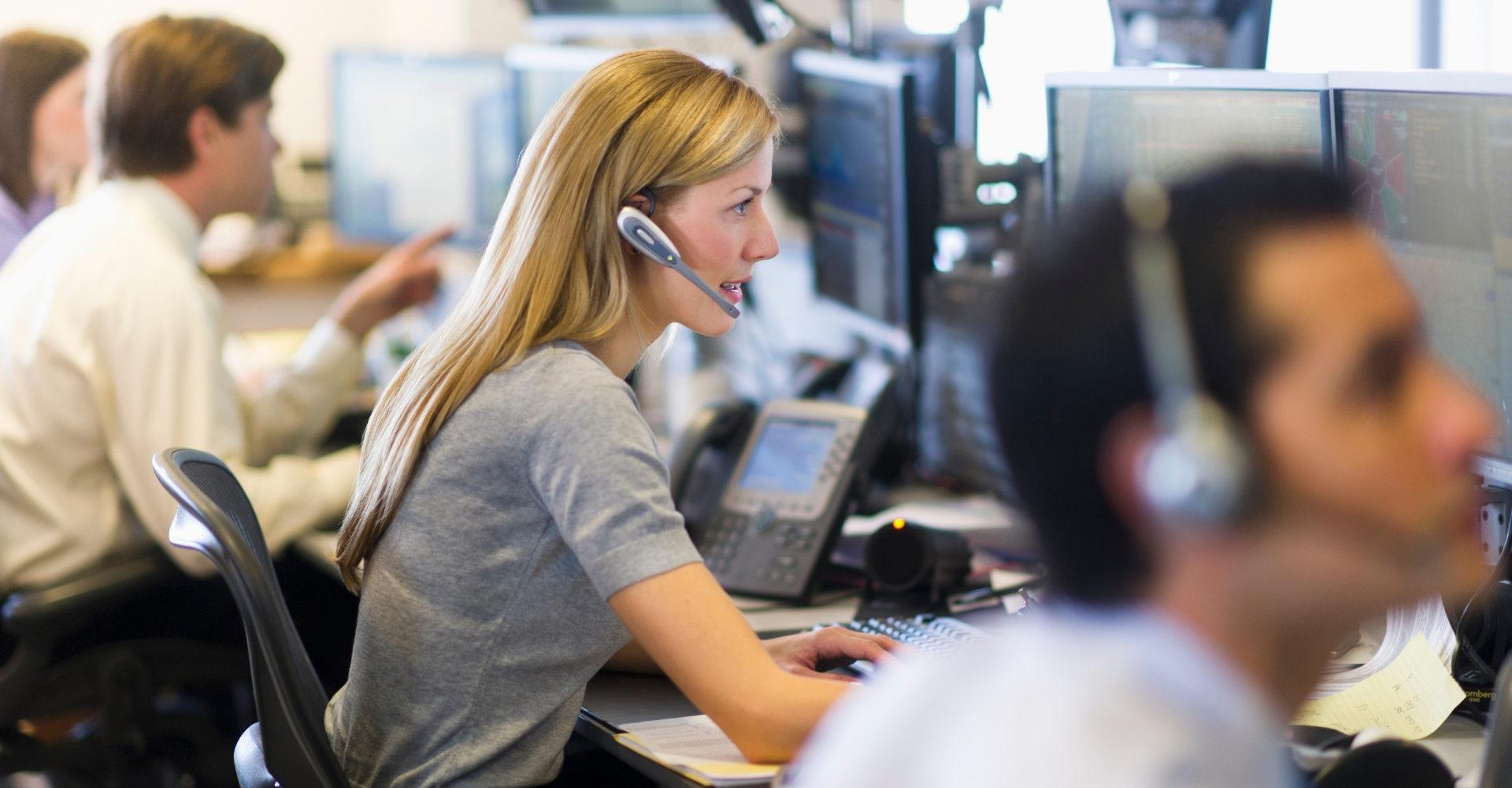At Solvable, we care about your financial well-being and are here to help. Our research, articles and ratings, and assessments are based strict editorial integrity. Our company gets compensated by partners who appear on our website. Here is See More
Last Updated on
Solvable, in collaboration with GOBankingRates, surveyed 1,229 Americans on their experience receiving government aid during COVID-19. The survey was broken down by employment type, and the makeup of responses is representative of the U.S. population, with responses from small business owners (14%), freelancers (10%), W-2 workers (65%) and retirees (11%).
The results of the Solvable COVID-19 Study show that federal aid funds significantly helped people during the crisis. In fact, 83% of small business owners felt that federal funding was necessary to help them get through this time. More highlights from the study:
The majority saw benefits from government aid, but almost one-fourth of respondents claimed they still had not received their stimulus check from the government, despite 53% claiming they had filed their 2018 tax return.
Thirty-eight percent of all respondents claimed they did not file their 2018 taxes, and another 9% were unsure. Despite this, only 29% of these respondents attempted to file their 2018 taxes after not receiving their stimulus check. When prompted, they explained they did not know how or simply did not need to because their income fell below the required threshold.
There’s no doubt COVID-19 affected people regardless of economic situation, but many were hit harder than others. Notably, 49% of respondents had less than $1,000 in savings when lockdown protocols were put in place in March. Another 27% had $1,000 to $5,000 in savings before quarantine, 12% had $5,000 to $10,000 in savings and 12% had more than $10,000 saved.
See More >> This Guy Resolved His $8,597 Tax Debt - Learn His Methods!
Because of this, payment deferral options were utilized by respondents for a variety of debts. Thirty-eight percent of people took advantage of deferred rent payments and 30% utilized credit card payment deferral. Other payment deferrals cited included mortgage payments, student loan payments, auto loan and insurance payments and phone bills.
Despite navigating financial hardships, 80% of all respondents had health insurance coverage at the time of survey.


Small Business Owners represented 14% of respondents, with a majority (52%) operating businesses with 10 or less employees. Midsize businesses with less than 100 employees represented 35% of responses, and companies with over 100 employees made up 11% of responses.
Seventy-two percent of business owners applied for government assistance to help during this time, with only 26% indicating they did not seek federal aid. Most who chose not to apply felt they either didn’t need the loan, didn’t know how to apply or were not eligible.
Forty percent of small business owners applied for federal funding only in the first round and 13% in the second round only. Fifteen percent indicated they applied during both rounds of federal funding.
See More >> How One Woman Crushed $300,000+ of Student Loan & Mortgage Debt
Most applications (43%) came through in the first round of funding, though 16% of small business owners indicated they applied for funding during both rounds.
Business owners relied on multiple forms of assistance, with many applying to more than one program for help. The Paycheck Protection Program (PPP loan) was the most popular assistance program with 69% of applications, followed by the EIDL Advance (40%), SBA Bridge (21%) and SBA Debt Relief programs (24%).
The EIDL (Economic Injury Disaster Loan) Advance program was created in response to the pandemic to help small businesses, including agricultural businesses, cover working capital and normal operating expenses, like healthcare benefits, rent, utilities and fixed debt payments.
Forty-one percent of business owners used Bank of America to apply for their loans, and only 30% combined used Chase and Wells Fargo. Chase was the lender of choice for 12% of respondents and Wells Fargo the other 18%. The remaining used smaller community banks or web-based FinTech solutions like Kabbage.
Eighty-three percent of businesses who applied for the PPP loan claim it was necessary for them to get through this time. Seventy-four percent of borrowers expect 100% of their loan to be forgiven.
See More >> Trustworthy Tax Relief Companies + Customer Reviews


Ten percent of respondents were freelancers or self-employed. A 2019 study by Upwork estimates that 57 million Americans freelance, up from 53 million in 2014.
Healthcare workers represented 12% of freelancers, with construction workers coming in next at 10%, followed by professional drivers (truckers, rideshare, etc.) at 9%.
The majority of freelancers (73%) reported losing income due to COVID.
Forty-five percent of respondents lowered their rates to get more work and stay afloat during this time, but 40% did not.*
See More >> Jen Paid Off $42,000 in Credit Card & Medical Debt...
Only 44% of freelancers attempted to find interim work in a different industry to mitigate income loss from the coronavirus. Similarly, the majority of freelancers did not take any online courses or supplemental training to develop their skills during this time, with only 367 % indicating they are working to further develop their skills.
Forty-five percent of freelancers chose not to apply to any government assistance programs to get them through this time. Those who did seek government aid turned to unemployment benefits, PPP loans, EIDL Advances or the Self-Employment Assistance program, designed to help unemployed workers create their own jobs by starting their own businesses. (Though federal support is provided, Self-Employment Assistance (SEA) is a voluntary program for states – currently, only Delaware, Mississippi, New Hampshire, New York and Oregon have active programs in place).
Thirty percent applied for unemployment benefits, and of that, only a third were approved.
Freelancers were also eligible for a PPP loan, but only 18% of freelance respondents applied for the loan. Of that, more than three-quarters were approved.
Only 10% applied for an EIDL Advance, and nearly all were approved and/or received funding.
Twenty-three percent of freelancers who applied for government benefits were still waiting to hear back about their application at the time of this study. Ten percent claim they were denied government assistance completely.
See More >> I Paid off $150,000 of Debt - How I Did It!
Many outside organizations including Upwork and Freelancers Union offered grants for freelancers to stay on track during this time, but only 11% of freelancers applied for these assistance programs.
Despite these challenges, 73% of freelancers feel they will be back on their feet within one year. Twenty-four percent estimate it will take one to two years for their situation to normalize, but 3% believe it will take longer than two years.
Due to the nature of freelance work, you may think they would be used to these uncertain working conditions, but 61% of freelancers did not feel they were better prepared than full-time workers for this situation.


Most respondents (72%) indicated they were W-2 workers, and 40% were laid off or furloughed or experienced a reduction in income because of COVID-19. Seventy-two percent of those who lost their jobs applied for unemployment through the government. At the time of this study, 61% were receiving their payments.
Thirty-seven percent of workers turned to freelancing during this time to supplement their lost income. Most pivoted their skills to professional gigs, including IT/web services (13%), healthcare (13%) and advertising/marketing (9%). Sixteen percent of these new freelancers turned to Uber and Lyft driving or retail jobs to earn more cash, despite potential concerns of contracting COVID.
Twenty-seven percent of respondents reported being unemployed – of those, 45% claim they were laid off or furloughed due to COVID-19. Only 42% indicated they applied for unemployment benefits, out of which 15% had not heard back about their application. Thirty-two percent of respondents claimed they started freelancing to replace their lost income. Healthcare and retail were popular choices for freelance gigs, making up 13% of responses each.
This report was developed by Solvable in collaboration with GOBankingRates based on responses to an online survey by Solvable from June 1, 2020, through Aug. 20, 2020. The survey was open to Americans ages 18 and up in all 50 states.
* The remaining 15% indicated that lowering their rates was inapplicable to their work.